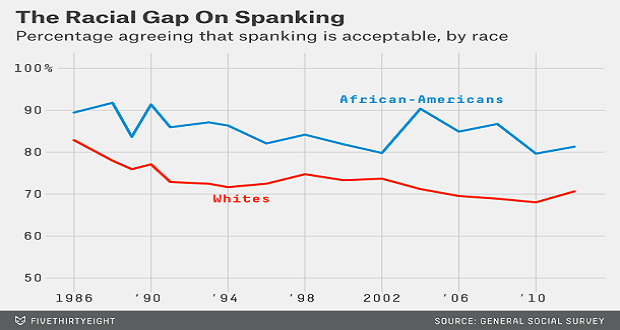
As new generations of employees enter the workforce and Baby Boomers approach retirement, I have noticed new hires experience covert forms of discrimination in the workplace. From my perspective, companies seem struggle with looking past a young professional’s lack of tenure or experience to see the value they might bring to the organization in other ways.
From my perspective, companies seem struggle with looking past a young professional’s lack of tenure or experience to see the value they might bring to the organization in other ways. Share on XAge discrimination can take many forms including, but not limited to: distrust or overlooking opinions, belittling employee experiences or expertise, and inconsistencies in job-related expectations. I would venture to say that many young professionals experience one, if not all, of these at some point early on in their career. Organizations who seek excellence, innovation, and greater success must prioritize creating a culture that truly values incoming, younger generations. In my experience, there are two key areas where the potential of young professionals is most often undervalued: creativity and business acumen.
Young professionals & junior staff members shouldn’t have to “earn” the right to share their creativity.
In many long-standing institutions and companies, junior staff are labelled “doers” and senior staff as “planners.” This leaves the creative process of developing company strategy to those who have greater repertoire in handling the business and directing influential plans, with little input from the “doers” who have a great vantage point into how new principles could affect results. How does this affect the creativity within the company?
As new hires, younger professionals are often labelled unlikely to have the ability to think strategically in support of the business. However, there is great value in the fresh, new perspective that these employees can provide. Younger professionals have the potential to add value through open thought processes and a greater capacity to innovate without the constraints of following protocols of the past. A refreshed perspective can often lead the team to consider well-rounded, new and innovative strategies that advance business goals in ways that otherwise may not have been considered.
Younger professionals have the potential to add value through open thought processes and a greater capacity to innovate without the constraints of following protocols of the past. Share on XKnowing how the business runs from the bottom-up is a critical skill.
Typically, roles that are considered upper-level management carry the common understanding that those in the roles have ‘been there, done that’ in terms of their experience. In some circumstances, mid-level and senior-level leaders have worked their way from intern to manager. Most management positions require several years of experience within the respective field, as well as examples of exemplary work executed. However, there are many professionals in senior-level roles who have not experienced the evolved workplace processes, culture, and practices that young professionals are now experiencing as they enter organizations. For example, as digital and social marketing continues to become a critical aspect of business and our world, new employees are tasked with finding new ways of working in this highly-technical business space.
This presents a learning opportunity for those in senior-level, tenured roles. By becoming familiar with, and even learning to execute on tasks that are often assigned to junior staff, those in senior-level positions can gain a greater understanding of processes and procedures that influence the implementation of their strategic plans. This leads to more informed valuation of the work and employees, especially when planning for the future. Without an understanding of how their business is running from the bottom-up, senior level leaders might be unfamiliar with how the work is being completed, leading to overestimation or underestimation of business needs while making strategic decisions.
Without an understanding of how their business is running from the bottom-up, senior level leaders might be unfamiliar with how the work is being completed, leading to overestimation or underestimation of business needs while… Share on XBusiness acumen and creativity can be found at all levels of an organization, despite the employees’ age or experience. A well-rounded company with plans to excel should rely on insight and understanding from all levels and walks of life in order to understand and grow the business.


















